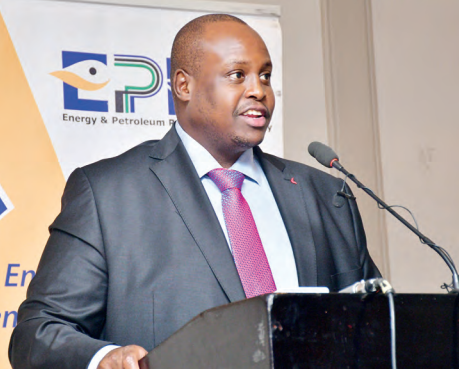
The lack of sufficient transmission
capacity is a barrier to industrial
growth, rural electrification, and
the integration of Kenya into the
regional energy market.
Energy experts who are backing the government’s bid to ride on Build Operate Transfer (BoT) say it is the only viable funding model to upgrade the country’s transmission lines which are currently constrained, leading to inefficiencies and occasional power outages.
According to the annual energy sector statistics released by the Energy and Petroleum Regulatory Authority (EPRA), Kenya experienced a 23 per cent system loss of generated power due to aging transmission and distribution networks in the last financial year, an average that exceeds the 18.5 per cent benchmark set by the government.
This means that the power distributor, Kenya Power, lost almost a quarter of the power bought from producers in the financial year, an amount that has to be paid by power consumers and general taxpayers.
Technical losses occur naturally and consist mainly of power dissipation in electricity system components such as transmission and distribution lines, transformers, and measurement systems.
Their views follow President William Ruto’s support for the Sh96 billion power deal between the Kenya Electricity Transmission Company Limited (KETRACO) and Adani Energy Solutions, the power subsidiary of India’s Adani Group, to develop transmission lines and substations.
This project which was suspended by the High Court on Friday covers the development of a 400kV (Double-Circuit) Gilgil-Thika-Malaa-Konza Line, spanning 208.73 km, and will include new substations.
A 220kV line covering 99.98 km will also include substations in three locations: Rongai, Keringet, and Chemosit.
The 132kV line, covering 89.88 km, will have substations at Menengai, Ol Kalou, and Rumuruti. More substations will also be constructed to support the 400kV transmission network, enhance regional power stability, and expand the local distribution grid.
It has also attracted a public debate, with a section of Kenyans insisting that it be stopped, citing opaqueness and long tenure akin to state capture. Mid this week, President Willliam Ruto joined the debate on the infrastructure funding model, calling on Kenyans to give room to BoT, saying Kenya will achieve its goal of wiring a national electric power grid by 2030 without burdening its citizens.
He clarified that his government will only pay the investors using a willing charge that has already been negotiated and expressed confidence that the energy investment will create jobs and expand industrialisation.
“This investment is not funded by the government this is an investment by the private sector. They will put Sh12 billion of their money in their project to generate energy and we will buy the energy from them,” he said.
An energy expert and commentator Clinton Mbithe says that the Power Purchase Agreement model of PPP that has dominated the energy sector for decades is costly and is prone to external pressures like currency fluctuation.
“Unlike PPAs, the kind of partnership advanced by the Kenyan government to funding partners like
Adani Energy will not directly put
Kenya in debt. Funders will redeem
their investment through tolls while
the facility is used by Kenyans for
several years,’’ Mbithe said.










